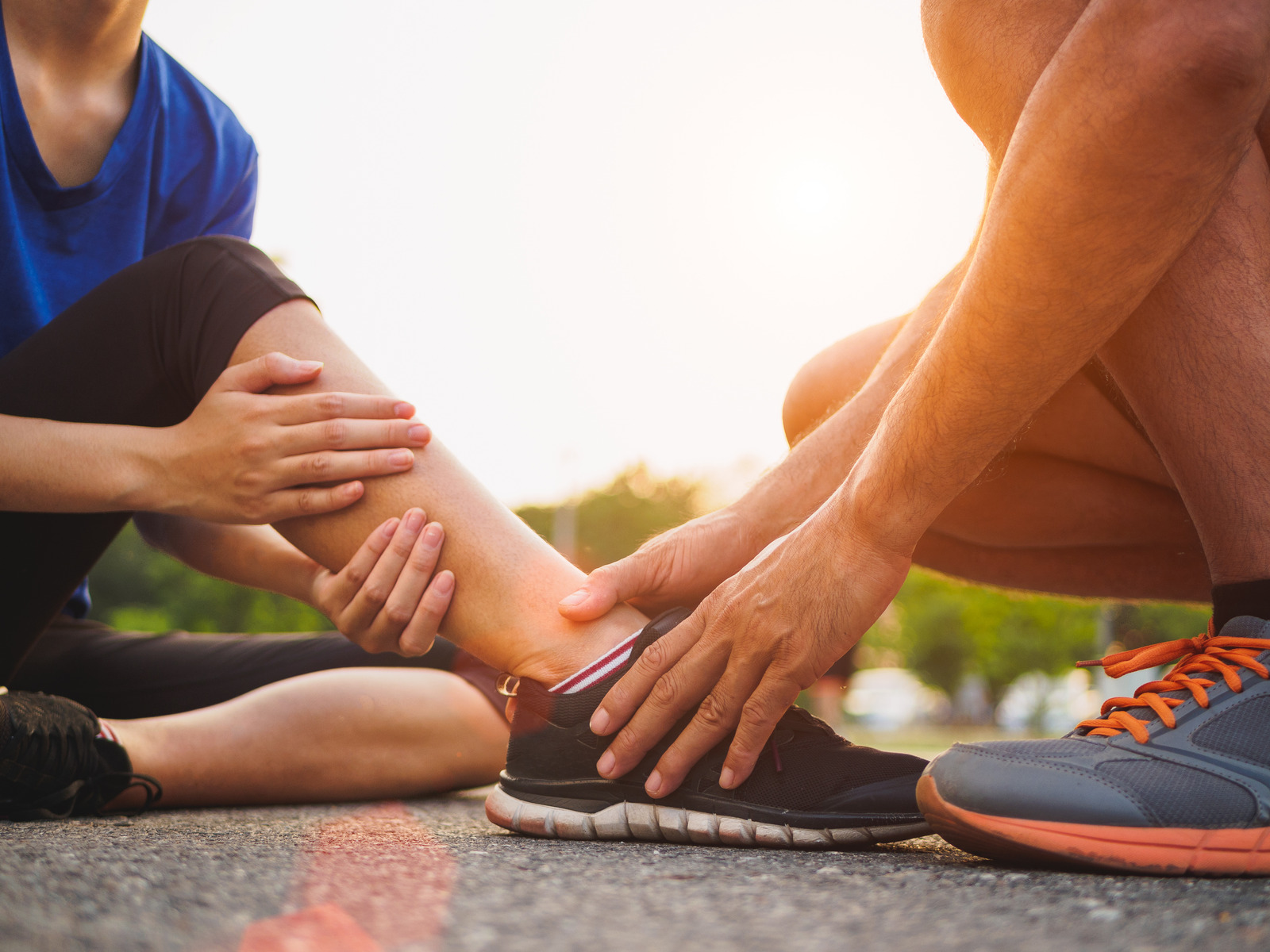
Ankle sprains are some of the most common sporting injuries. When a ligament is torn, this is referred to as a sprain, which weakens the joint. While sports can be a major catalyst in causing an ankle injury, walking on an uneven surface or wearing inappropriate footwear could also lead to an injured ankle. Sports that are at risk of ankle injuries are those involving jumping, turning and twisting or explosive changes of direction such as, soccer, tennis and hockey. Ankle injuries can take a long time to recover properly and depending on the severity of injury and the ankle joint can become unstable. A gradual return to physical activity can be achieved through initially following the RICER protocol and consistent physiotherapy treatment.
What makes up your ankle?
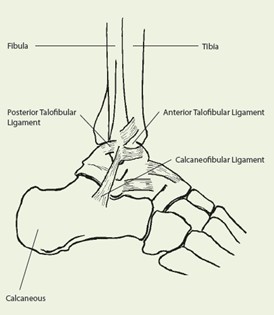
The lower leg bones (tibia and fibula) are joined to the upper foot bone (talus) in order for the foot to bend up (dorsiflexion) and down (plantarflexion). More complex foot bones such as the heel bone (calcaneus) are also joined to the lower leg bones to allow for a small amount of rotation and side to side movement (inversion/eversion).
This structure stabilises the bones and ligaments of the joint. The ligament on the inside of the ankle (deltoid) is least prone to injury. On the other hand, the three smaller ligaments on the outside of the foot are more likely to be injured (anterior and postierior talofibular, and calcaneofibular).
Fractures are the result of more serious injuries as these involve the ligaments between the leg bones. They take longer to recover and may require to surgery.
A common profile of someone with an ankle injury
You can be fit and healthy and still be at risk of an ankle injury. Here are the most common characteristics of people who have injured their ankle:
- Weakened joints caused by a previous ankle injury
- Lack of strength and stability in the ankle or low legs
- Lack of flexibility within the ankle joint
- Poor balance
- Inappropriate footwear
- Doing exercises that involve sudden change of direction
- Exercising on uneven surfaces or steep inclines
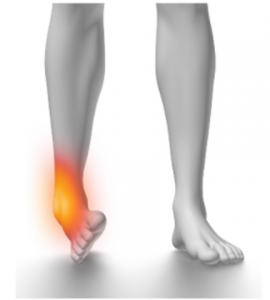
8 ways to avoid an ankle injury
The best method of ankle injury prevention is supporting the joint and this can be done by:
- Using an ankle strap or brace
- Doing exercises to build muscle strength around the joint
- Wearing supportive shoes when exercising
- Properly warming up before exercising
- Avoiding unstable surfaces
- Reducing exercise when tired
- Taking breaks to let your body recover
- Avoiding exercise if pain occurs
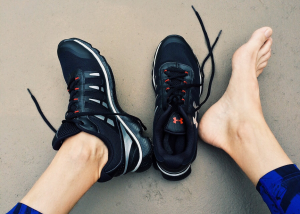
Signs you have injured your ankle
The most common signs and symptoms of an ankle injury are:
- Swelling
- Tenderness
- Bruising
- Pain
- Inability to put weight on the affected ankle
- Skin discolouration
- Stiffness
How severe is my injury?
Our sports physiotherapists at Momentum can assess your injury by using tests such as x-ray’s or ultrasound’s. From here, if we identify a tear, fracture or dislocation, we can determine the best course of treatment. They measure your injuries severity using these 3 grades:

Mild
Minor tear of ligament fibres.
- Minimal pain
- Little or no joint instability
- Mild pain with weight bearing activities
- Slight loss of balance
Moderate
Some tearing of ligament fibres.
- Moderate to severe pain
- Moderate instability of the joint
- Swelling and stiffness
- Pain with weight bearing activities
- Poor balance
Severe
Complete tear of the ligament.
- Severe pain followed by minimal pain
- Gross instability of the joint
- Severe swelling
- Possible pain with weight bearing
- Poor balance
I’ve injured my ankle, now what?
Do:
Immediately follow RICER. This is the best method for reducing swelling and bleeding of a soft tissue injury.
What is RICER?
It stands for:
R- Rest
I- Ice application to the area
C- Compress by wrapping the injured area in a bandage or towel
E- Elevation above heart level
R- Referral to your health professional, and repeat
This is most effective within 42-72 hours of injury.
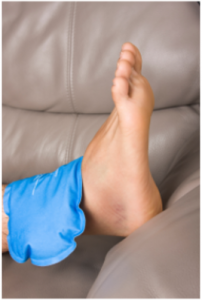
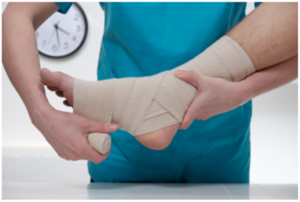
In order to be on the fastest (and safest) road to recovery, our physiotherapists can develop a rehabilitation plan in order to monitor your injury. This plan is unique to every injury and will provide you with professional advice on treatment, therefore, restoring your joint to its full ability.
Our physiotherapists are trained to provide a variety of treatments such as;
- Ultrasound
- Mobilisation techniques
- Stretching
- Sports massage
- Orthotics
- Dry needling
- Take home exercises
In addition, the physiotherapist may refer you to a surgeon as some severe ankle injuries require surgery. The surgeon and your physiotherapist will monitor your recovery in order to provide advice on a rehabilitation and strengthening program.
Don’t:
In order to avoid increasing bleeding and swelling to the area, avoid using heat, alcohol or massage. Despite reduced pain, avoid moderate to intense exercise until you have consulted a physiotherapist. Risk of greater injury is high regardless of how minor the trauma is.
When can I return to play?
Often ankle injuries should health within 2-6 weeks however, more severe injuries may take up to 12. Every injury is unique and therefore, the recovery time and treatment is different for everyone.
In order to reduce the risk of re-injuring the ankle, returning to activities should be gradual. Follow your physiotherapists advice on the safest way to return to sport.
If you or someone you know is suffering from an ankle injury, call us for professional advice on the safest way to treat it. Our trained physiotherapists are here to keep you moving.
Acknowledgements
Momentum Sports & Rehabilitation Services would like to thank Sports Medicine Australia for comprehensive information.
Images are courtesy of Pexels
Always Consult a Trained Professional
The information above is general in nature and is only intended to provide a summary of the subject matter covered. It is not a substitute for medical advice and you should always consult a trained professional practising in the area of sports medicine in relation to any injury. You use or rely on the information above at your own risk and no party involved in the production of this resource accepts any responsibility for the information contained within it or your use of that information.

